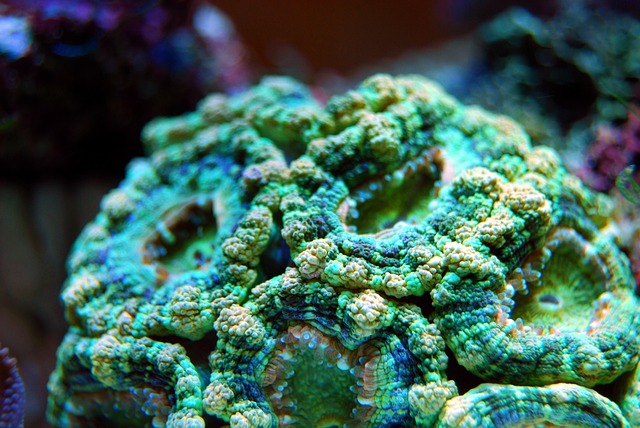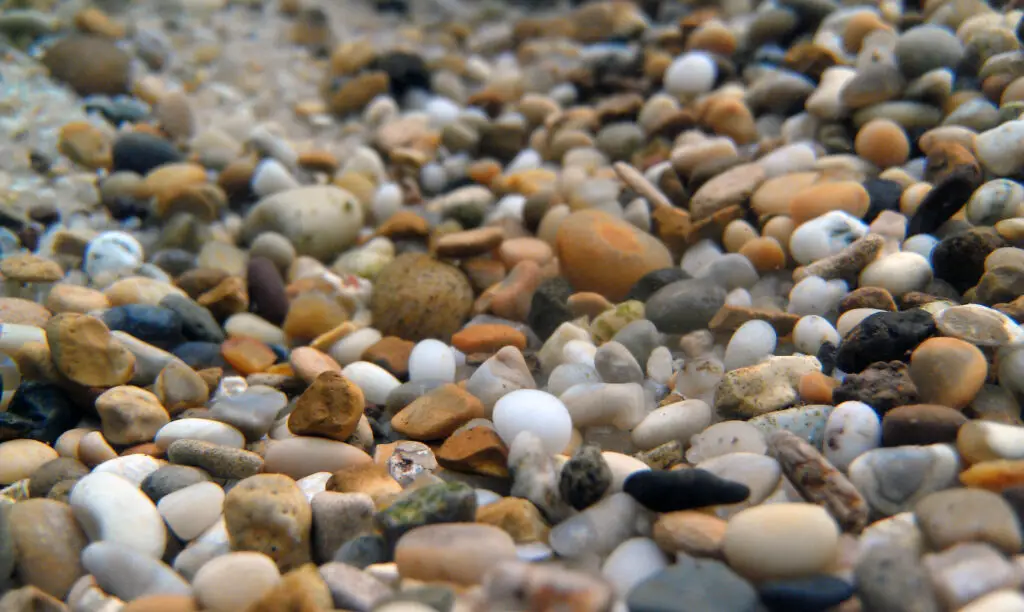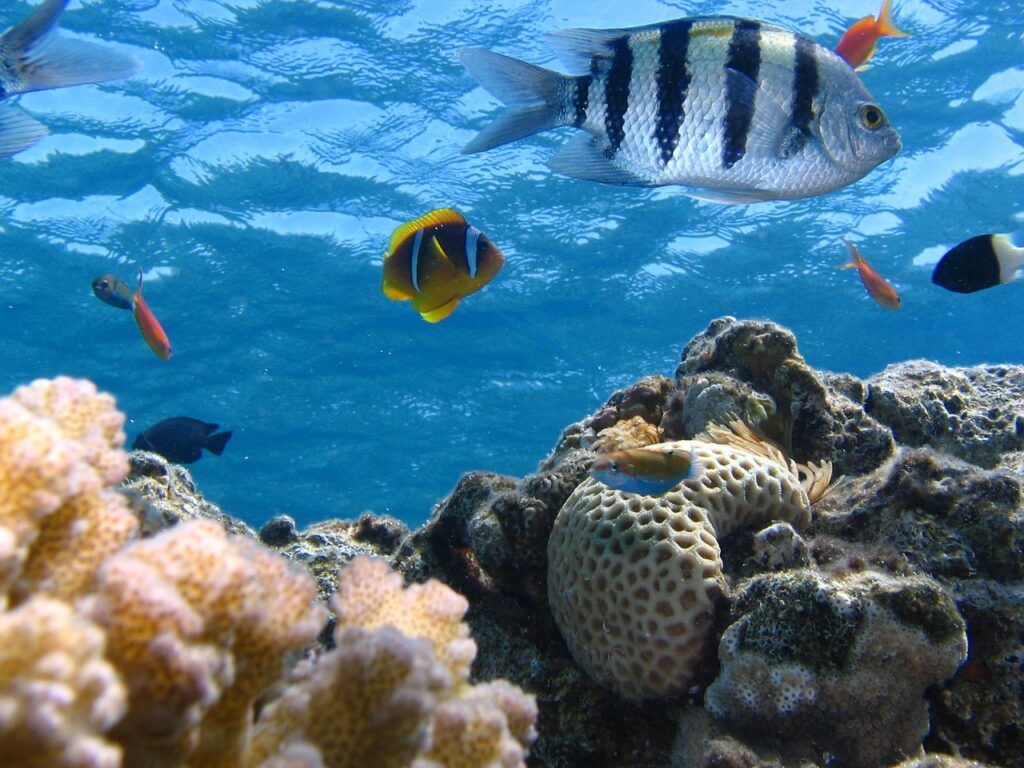Introduction
The growth rate of Acan corals can vary, but in the right conditions, they can produce a new head every month or so. Some people estimate that they can grow even faster than this if they are fed regularly, and say that they will produce a new head every two weeks, but this is ambitious.
When you put a coral in your tank, it’s important to know how fast it is going to grow and how big it is likely to get so you can choose a suitable position for it and determine what else to add to the tank. Let’s explore these aspects of this popular coral.
Acan Corals Growth
Acan corals may be able to grow as fast as one new head per two weeks, but this is unusual; in general, they will produce a head every month or two months. Even this is dependent on many other factors, and some will grow slower than this.
Their growth rate will vary according to how much they are fed and how often they are fed, of course, but it also depends on the tank conditions and how suitable they are. How much light the coral gets may also make a difference.
It also seems to vary from one coral to the next. If you have several Acan corals in your tank, you may notice a great difference in how quickly they gain size. Some will grow swiftly, while others will increase their mass much more gradually. This is nothing to worry about – certain Acan corals simply seem to grow faster than others.
How Big Do Acan Corals Get?
In the natural world, a colony of Acan corals can reach over two meters, sometimes even three, but this is very unlikely to occur in an aquarium, even if it is large.
A single polyp of some Acan corals is usually less than an inch in diameter, but for some of the larger varieties, they may reach almost two inches in diameter.
These large-polyp corals will often get bigger overall than the smaller ones, so choose your variety with care. They grow by increasing the size of their heads, and they will spread across suitable rocks within the tank.
The more you feed your coral, the faster it will grow and spread, so if you want a large Acan, make sure you are regularly giving it food. This will encourage it to build new tissues and keep taking over new territory. You must also make sure that it has enough space to grow into.
Are Acan Corals Good For Beginners?
If you are just starting out with your aquarium, choosing your inhabitants with care is a wise approach, because some corals are extremely difficult to look after and will die no matter what you do. Others may prove challenging to keep under control, and could wreak havoc on your tank.
Acan corals are reasonably good for beginners, provided you take some time to research and understand their needs. There are a few things you will need to think about, like positioning, water and lighting, and feeding – so let’s look at each of these.
For starters, Acan corals must be placed at least 6 inches away from all other corals, including other Acans.
This is because Acan corals are semi-aggressive and will kill any corals that touch them. You also need to bear in mind that the coral will grow, so simply placing the small version far from any competition may not be enough. Try to space your corals out.
Acans also need a good balance of water flow; they are large polyp stone corals, so they won’t tolerate a strong current, but they do need moving water.
They also need moderate lighting; they naturally grow quite deep down, and they don’t like strong lights. You can’t spotlight this coral to brighten up its colors; you will need a PAR between 25 and 50 if the coral is to thrive.
Acans also present a bit of a challenge in that they do require feeding. They will take nutrients from their zooxanthellae and from debris in the water, but they also hunt – and that means you need to supply additional food to them. We will cover this more in the next section.
Overall, therefore, these corals do take a bit of work, but they are a hardy option that is fairly suitable for beginners, especially those that have time to dedicate to the tank.
How Often Should I Feed My Acan Coral?
Your Acan corals will grow much faster if they are fed once or twice a week. They will take up food from the water, too, but if your water is clean and not particularly rich in nutrients, spot feeding them will make a big difference.
You can undertake spot feeding using a Julian’s thing. This will let you squirt food over the polyps directly, rather than just adding it to the water. Look out for your coral’s tentacles waving around, searching for prey in the water, and then squirt a small amount of food across them.
The tentacles will grab whatever food they can and slowly digest it, supplying the nutrients to the coral. This will help to keep it healthy and ensure that it has everything it needs to grow and enlarge itself.
If you don’t feed your Acan coral, you may find that it grows much more slowly, or that it attacks any small fish that swim past it because it is hungry. The nutrients in the water will probably not be enough to sustain one of these corals in most circumstances, so make sure you are prepared to give it a spot feed a couple of times each week.
Conclusion
Acan corals can grow surprisingly fast when they are given the right conditions, and if you regularly feed yours, you might see it growing a new head every month or two, or even more frequently. Make sure you provide a good flow of water and some fairly low light, and your coral should thrive.



